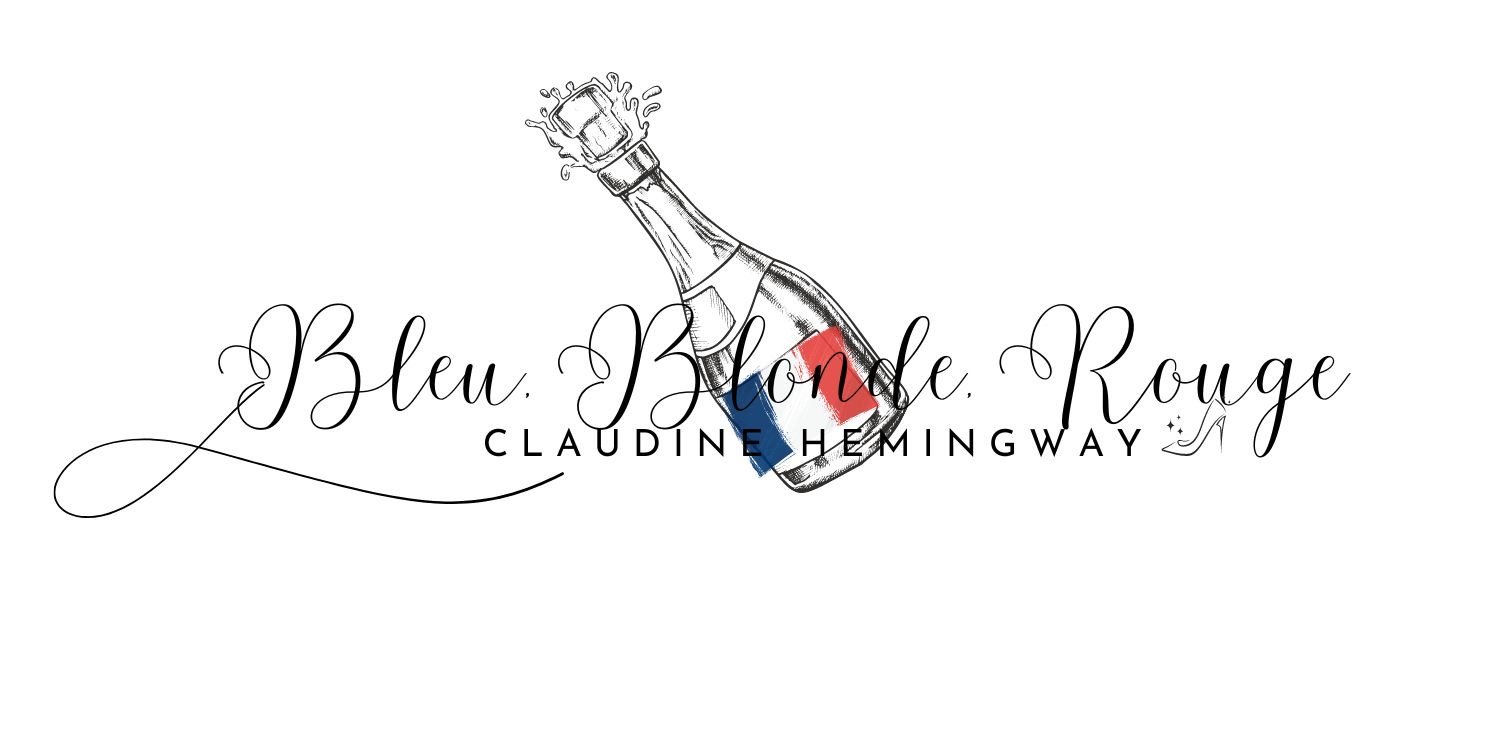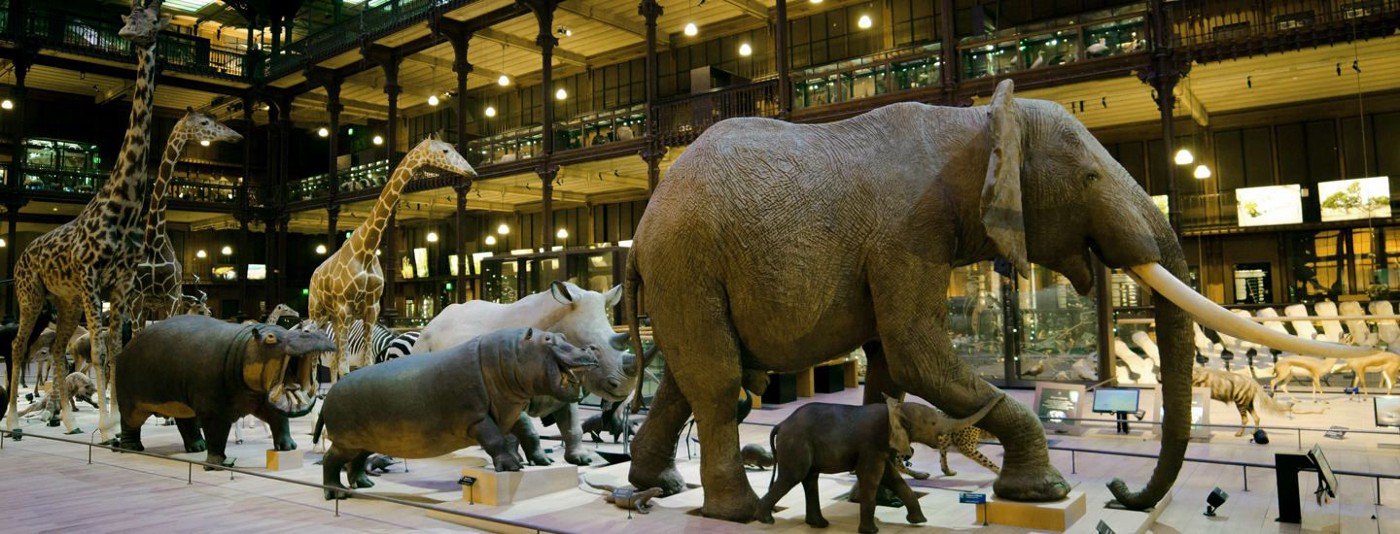Live from Paris - Jardin des Plantes
Sunday, March 20, 2022
Miss the live, watch it here now
In 1626 Louis XIII ordered a royal garden of medicinal plants be created. Botanist and doctor Guy de la Brosse was asked to lead the project for the king. The idea started under Henri IV who was a lover of the Italian Renaissance and saw medicinal gardens in Italy.
The land that was chosen was a small portion of land that was cut in two by the Bievre river of the left bank. Seeing the benefit of the garden the Faculty of Medicine created a garden that was led by Jean Robin who is also the father of the oldest living thing in Paris, the tree near Notre Dame. The all powerful Cardinal Richelieu as well as the doctor to the king Jean Hérovard looked for the perfect location and the area we see today close to what was two rivers was the ideal spot.
Guy de la Brosse compiled thousands of plants for the garden from around the world. Like Napoleon would later do for Josephine’s Malmaison, Louis XIII had his officers gather specimens wherever they went. After the death of Louis XIII the garden was ignored for a time especially as Louis XIV left Paris for Versailles. Jean-Baptiste Colbert and added the garden under his umbrella of royal buildings and injected a bit of love into the struggling landscape.
The nephew of Brosse was sent to the south of France and the Alps to retrieve new samples to replace the many that had withered away. Georges-Louis Leclerc, count of Cuffon was placed in charge and enlarged the gardens to what we see today. A statue of Buffon created by Jean Carfus in 1909 can be seen close to the beautiful museum as you walk in.
Just to the left of the main entrance is the monument to Emmanuel Frémiet by Henri-Leon Gréber. Frémiet, a lover of animals and master of many fantastic statues including the equestrian Jeanne d’Arc in Paris is seen here working on his Denicheur d’Oursons, the Bear Hunter. At the base you see the lovely Jeanne d’Arc. Frémiet was also the professor of animal drawings at the Natural History Museum. Just behind Frémiet is the Galerie de Paléontologie et d’Anatomie Comparée which was once a carriage company. Inside are some stunning and massive skeletons of whales and dinosaurs. The view from above looking down at the skeletons is worth the price of admission.
The gorgeous building at the end of the center garden is the Grande Galerie de l’Evolution designed by Jules André in 1877 and completed in 1889. The medallions on the facade are the former directors of those that helped establish the gardens and museums. A great museum for families, all of them found in the garden are but this is also one to see for us big kids as well. The lower level is like walking through a safari with giraffes, elephants and tigers and all the sounds, it’s so fun to walk through.
The inside of this museum is also amazing and a somewhat hidden staircase is worth a peek if you can find it. In the northwest corner behind the large whale is a door, rather a nondescript door, push it and go inside. You will be the only one inside. Follow up the stairs taking your time to check out the statues, busts and lovely ironwork to the top. Once there you will get a wonderful view of the garden, but this isn’t the best part yet. Walk up to the right a little farther and you will see a Harry Potter-like double staircase. At the top peer into what was once the king's personal cabinet of amazing gems and natural treasures.
The upper levels of the museum have endless cabinets of butterflies and insects and a fantastic view of the architecture of the structure itself and the animals below. I love this museum and it's one of those that few tourists visit. There is also a museum dedicated to gems as well that is worth a visit.
Back out in the garden are two pavilions. On the left is the Serre de Nouvelle-Calédonie, built in 1836 and holds the history of plants. On the right the Grandes Serres that was built at the same time holds tropical foliage and pretty spendy to visit.
Inside the garden at the highest point is the oldest iron structure in the world. The Buffon Gloriettes sits at the peak of a labyrinth that was once a medieval dump covered and home to a windmill in the 16th century. Named after the father of the garden it was built after his death and designed by locksmith Edme Verniquet in 1763. It’s made of iron, gold, lead, bronze and copper which is a perfect nod to the history of metal in the midst of the history of plants. It is 103 years younger than the most famous iron structure, the Eiffel Tower.
Originally it was topped with a sphere that would show the movements of the sun and a meridian marker that would mark high noon each day. Inside a small magnifying glass was a horse hair and each day as the sun hit it the hair would burn and then trigger a drum to strike. The sphere is still there but none of the cool inside works. On the cornice it is inscribed with “I only count the happy hours”.
In the 18th century it drew people at all hours to come see. From lovers sneaking away to children waiting for the drum to strike.
The garden is also filled with roses, over 1000 orchids, a huge peony garden, alpine, botanical and écological garden. Also the oldest zoo in the world can be found that dates to 1793 and was created for the royal menagerie of Versailles. Delacroix, Barye and Frémiet spend endless hours here sketching the animals for their paintings and sculptures.
During the Siege of Paris by the Prussians in 1870 the animals didn’t do so well. As all food was cut off in Paris the elite turned to the menagerie. On the 99th day of the Siege, December 25, 1870 the Voisin Restaurant at 261 Rue Saint Honoré held a special dinner. Chef Alexandre Etienne Choron developed a menu that includes, donkey, elephant, cat, rat and everything else you never want to think about. The stars of the menagerie the elephants Castor and Pollux survived this menu, but shortly after they also were killed to feed the starving Parisiens.
Outside the western exit to the left is the one and only remaining Wallace wall fountain.
The Fontaine Georges-Cuvier was created in 1840 and replaced a fountain that was dedicated to Saint Victor by architect Alphonse Vigoureux and dedicated to Georges Cuvier. A self taught expert on animal anatomy that also once worked at the National History Museum and later teach at the Ecoles Centrales. The allegory of the fountain is holding a large tablet which is inscribed with “Happy who was able to penetrate the reason of things” by Virgil.
A lion sits next to her and an eagle behind. Below she is surrounded by animals including a crocodile that turns his head which is actually impossible to do.
Rue Lacépède, named for Bernard-Germain de Lacépède, a musician that became friends with Buffon and collaborated on many books on animals and natural history. At no 7 on the right is the Hotel Pourfour du Petit once owned by Etienne Parfour du Petit whose father was dean of medicine at the Faculty of Medicine.
Right on Rue de Navarre, which is one of the oldest streets of Paris and once where the greatest woman in French history once lived. At no 4, Rose Valland returned each night filling her many journals with what she saw each day as the Nazi looters brought in the stolen goods from many Jewish galleries and homes. Listen to her amazing story in my favorite podcast episode we ever did
The Arènes de Lutece was a former stage amphitheater that held over 17,000 people and was built in the 1st century and used for 200 years until it was destroyed in the 3rd century. In the 6th century Chiperic I, grandson of Clovis and kind of Paris had it restored, before centuries later it was lost to time.
In 1860 while opening the Rue Monge the former arena was discovered on the northern edge. Victor Hugo sprang into action and sent a letter and wrote in the papers the need to save the ruins. They needed to stop and “give up living proof. The past brings the future”. In the 1920’s it was used for the French national basketball championship.







